A one-day workshop
The need for key staff to have commercial skills is paramount, as the public sector is increasingly opened up as a commercial market, in which organisations compete against each other and the private sector for contracts. Generating additional income and being commercially aware is vital for this to be a success, and is what many public sector organisations are looking to do.
learning objectives
- See commercial awareness as a different mind-set, not just another skill-set
- Use a variety of tried-and-tested commercial analytical and decision-making tools and techniques
- Define your commercial objectives
- Develop a strategic focus
- Start looking at service clients as market segments
- Analyse your service offering in a competitive context
- Plan a commercial strategy… prepare for its implementation… see it through to execution
Expert trainer
David is a former senior manager of a local authority and has been providing strategic consultancy advice to the public sector for the last ten years.
Session outline
1. What is commercial thinking?
- Understand what it means to be a commercial thinker
- Looking at the services that you provide, to identify commercial opportunities often involves not only a different skill set but also a different mindset
2. Defining strategic commercial objectives
- How to define your key commercial objectives
- How to prioritise your strategic objectives
- Two key strategic planning tools:
- PESTLE
- Resource and Competency Matrix
- How to apply these tools to your particular situation
3. Developing a strategic focus
- Decision-making on how to compete in the markets identified by your strategic objectives requires a strategic focus
- Developing strategic focus
- Using the Ansoff Matrix as a tool for helping you to make those decisions
4. Defining customer targets
- How to think more commercially by understanding who all your customers are and how they differ from each other
- Customer segmentation – how to apply the principles to your areas to identify the type of customers you have and their key characteristics
- Scenarios – who are your customers? how do their needs vary?
5. The competitive market place
- Understanding the competitive forces at play
- Different types of competition
- Using Porter’s 5 Forces model to analyse your competitive environment
6. Meeting stakeholder expectations
- Two simple models to help you identify the key stakeholders who could influence your commercial environment
- How to use your stakeholders to help you achieve your commercial objectives
7. Implementation – systems, structures and processes
- Effective commercial activity involves working with others to implement ideas and strategies
- What do you need to have in place before you implement your commercial strategy?
- How to use the McKinsey 7S framework to health-check your organisation prior to implementation
8. Implementation – people and culture
- A good commercial strategy only works if the culture of the organisation is conducive to the effective implementation and if the people involved buy in to the ideas
- How the latest thinking in behavioural economics can help you develop your culture and people to work commercially
9. Tools and checklists
- A commercial checklist to help you be more commercial within your sphere of influence
- Using the checklist as a benchmark against the most commercially aware organisations
- Using the checklist as a health check – both corporately and individually









